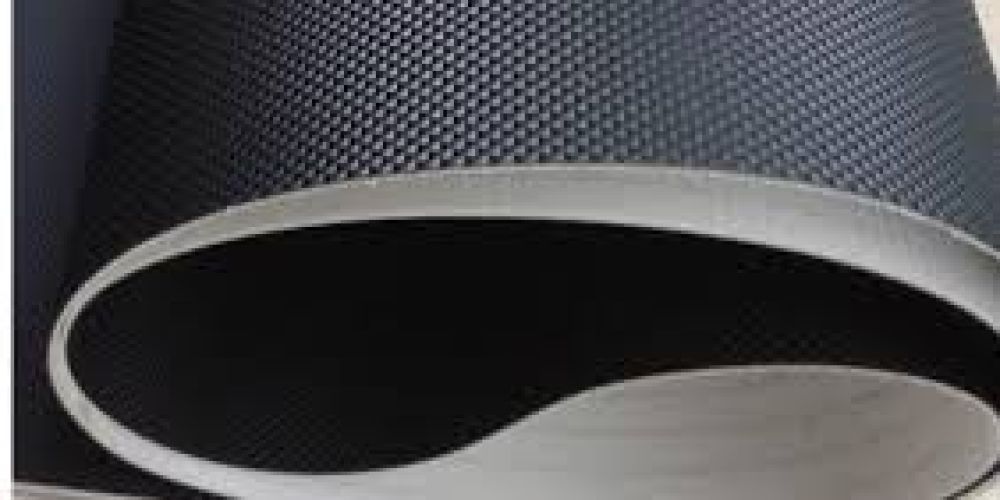
I. Principles of Thermal Fusion Process
The thermal fusion process involves localized heating of polyurethane (PU) or rubber substrates using electric heating modules to melt polymer chain segments, followed by pressurized bonding. Precise control of three parameters is critical:
- Temperature: 180–220°C (excessive heat causes carbonization)
- Pressure: 0.8–1.2 MPa (insufficient pressure leads to weak bonding)
- Dwell time: 90–120 seconds
II. Key Process Implementation Requirements
-
Pre-Treatment Phase
- Use CNC belt sanders to grind bonding surfaces at a 45° angle, ensuring roughness ≤ Ra 3.2 μm.
- Clean surfaces with isopropyl alcohol to remove mold release agents, guaranteeing full interfacial contact during fusion.
-
Dynamic Temperature Control System
- Apply PID algorithms to regulate ceramic heating plate temperature (±2°C tolerance).
- Monitor melting status in real time via infrared thermal imaging.
- For fiber-reinforced composite belts, implement gradient heating programs (e.g., 50°C/min → 30°C/min) to mitigate stress concentration caused by differential thermal expansion.
-
Pressure Compensation Design
- Deploy servo hydraulic systems for three-stage pressure application:
- Initial contact pressure: 20% Fmax
- Melt penetration pressure: 80% Fmax
- Curing maintenance pressure: 50% Fmax
- Maintain micro-pressure during cooling to prevent 0.1mm-level gaps from material shrinkage.
III. Quality Validation Standards
- Mechanical tests:
- Tear strength ≥ 8 kN/m (DIN 53504)
- Abrasion resistance ≤ 150 mm³ (ISO 4649)
- Durability: No delamination after 10,000 km of simulated operation.
- Advanced inspection: Laser speckle detection identifies internal defects as small as 0.05 mm.
Innovation Spotlight
Shanghai Puxiong’s electromagnetic field-assisted thermal fusion technology enhances joint strength to 95% of the base material’s performance while reducing energy consumption by 40%, setting a new industry benchmark.
Performance Outcomes
- Belt lifespan exceeds 8,000 hours.
- Noise levels ≤ 55 dB.
- Ensures reliability for high-intensity fitness applications.
